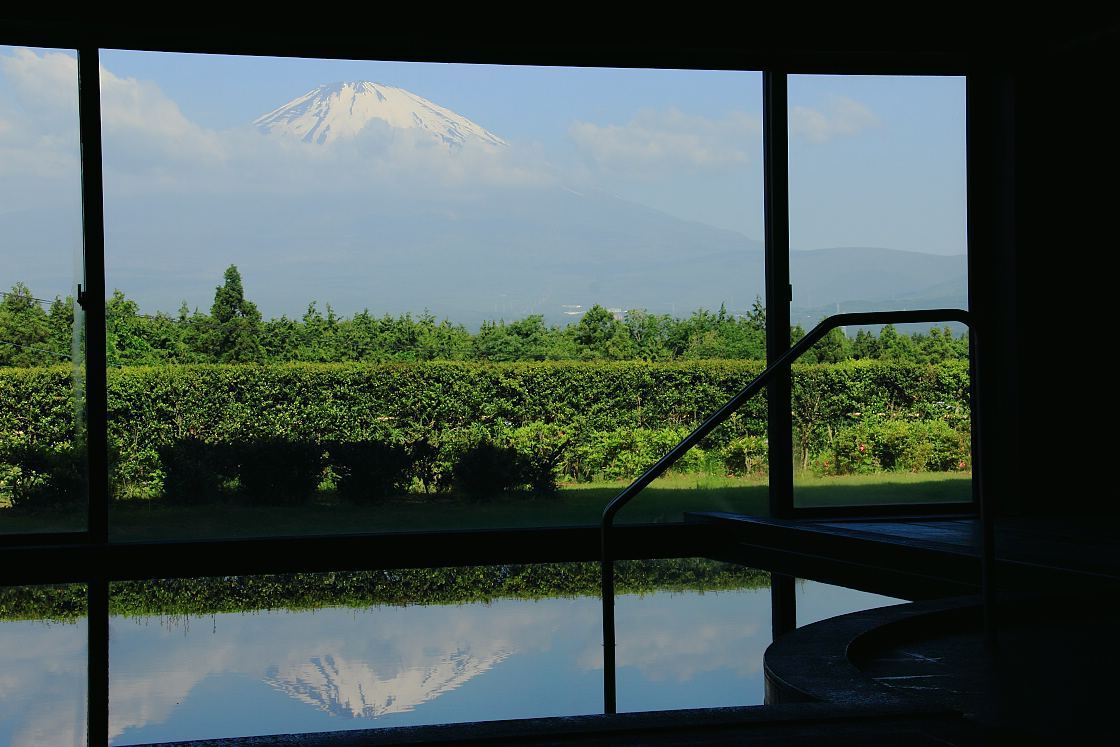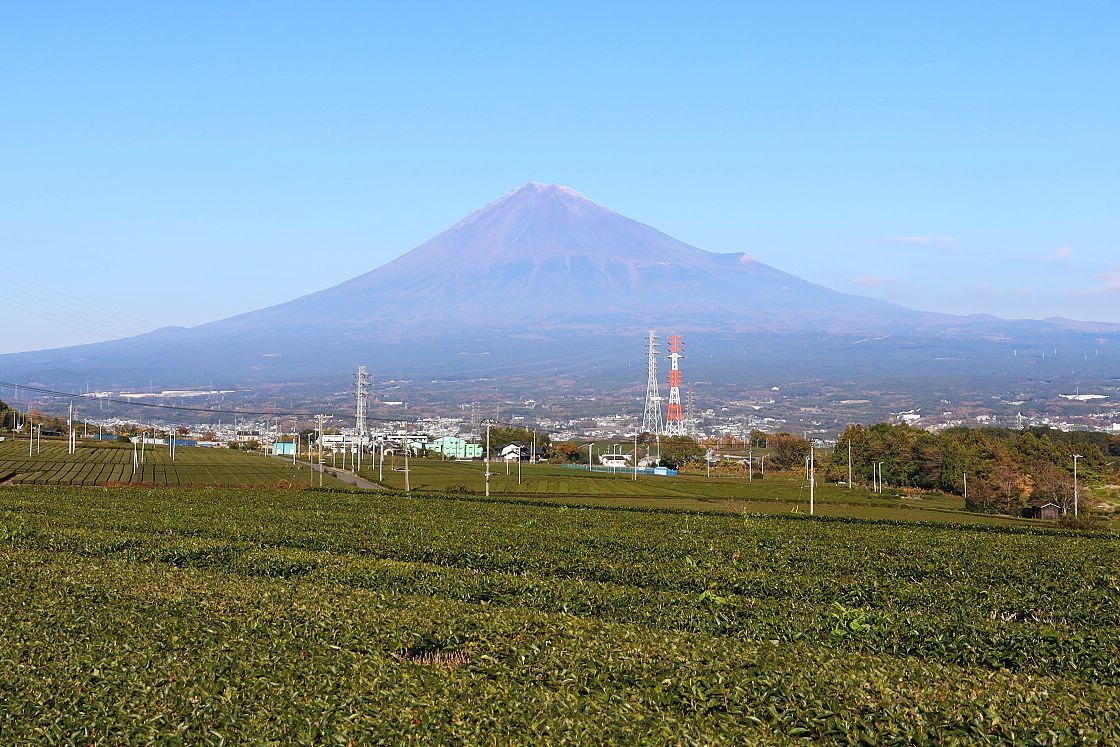Discovering Shizuoka (part one): Mount Fuji
Located roughly at the half-way point between the Kanto and Kansai regions, Shizuoka Prefecture known for its beautiful stretch of coast and magnificent views of Mount Fuji, rising majestically from its northern border with Yamanashi. A largely rural area, Shizuoka boasts a central location, unspoilt atmosphere and wide selection of hot spring resorts make it an ideal destination for a relaxing scenic getaway.
In this two-part journey, I made my way across the eastern half of the prefecture from the shadow of Mount Fuji to the tip of the Izu Peninsula, discovering on the way some of the best-known travel highlights of each area as I passed through.
Day 1
My Journey began at Fujinomiya Station, just over two hours from Tokyo by shinkansen and local train. Arriving on a bright and clear day, I was immediately greeted by a fantastic view of Mount Fuji.
Located a ten minute walk from the station, the Mount Fuji World Heritage Centre, Shizuoka is a museum with a striking modern design, built in 2017 to commemorate the mountain becoming a UNESCO World Heritage Site.
Designed by renowned architect Ban Shigeru, the center is built around a large central cone sheathed in an elegant wooden lattice, creating a graceful imitation of the iconic mountain as it is reflected in a rectangular pool.
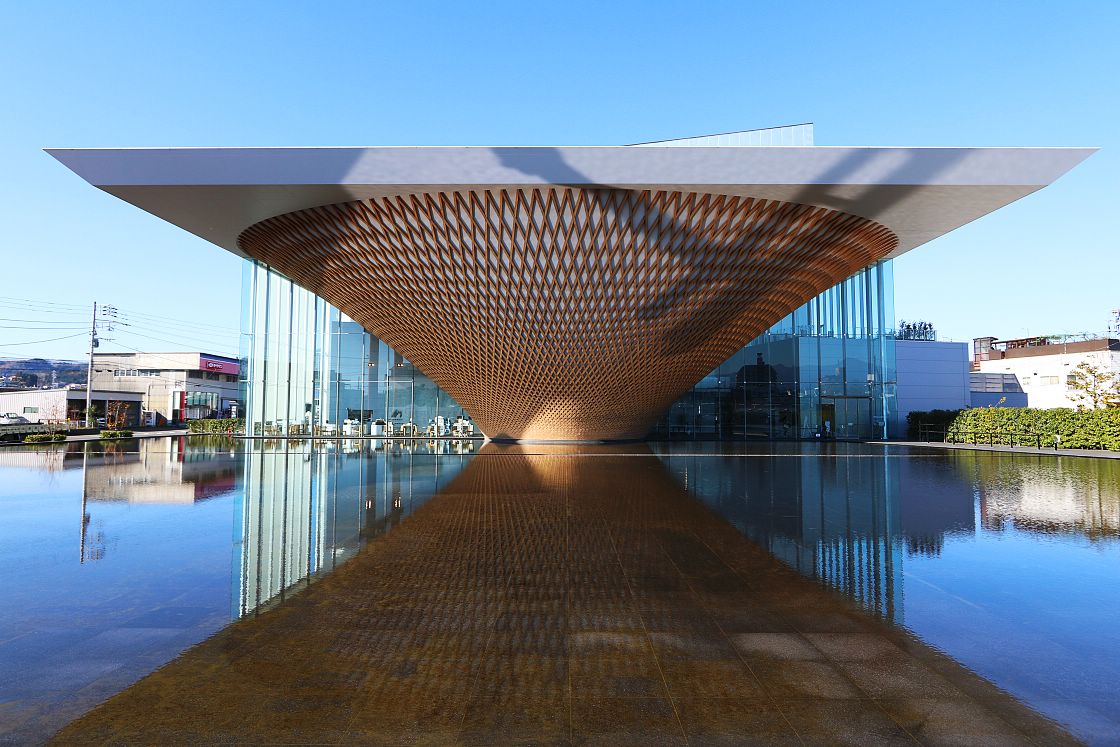
Inside, the museum contains a variety of interactive exhibits on Mount Fuji's history, seismology and cultural significance, accessed from a spiralling walkway leading to an observation deck.
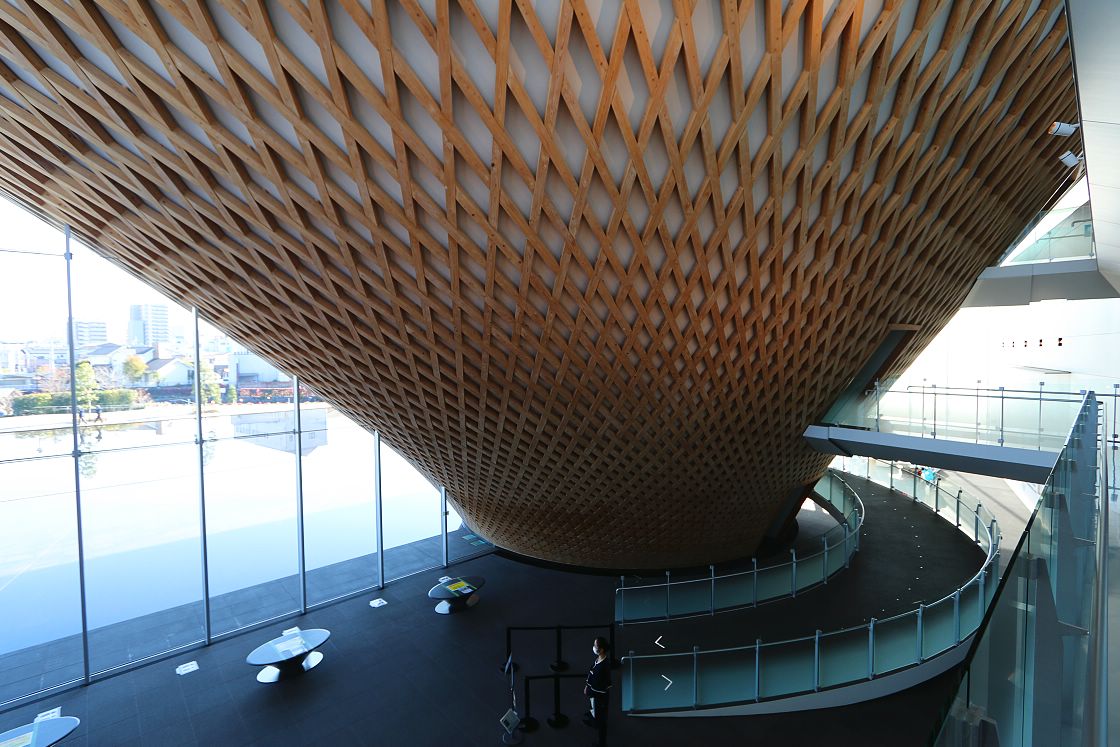
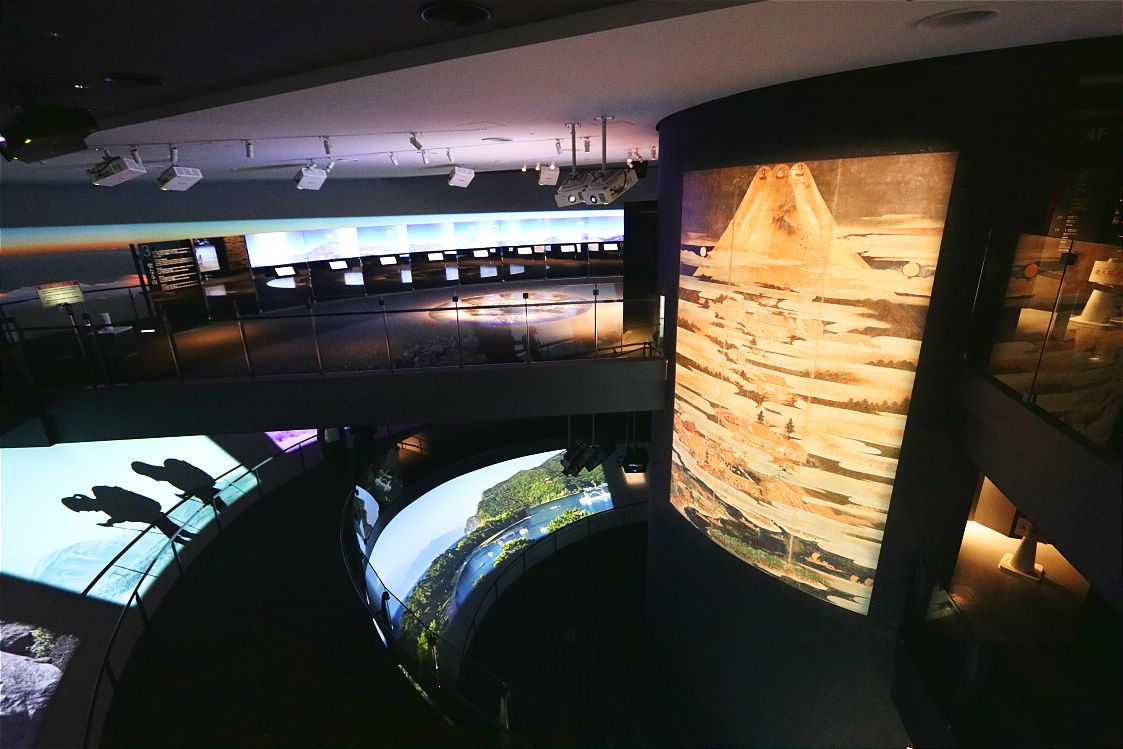
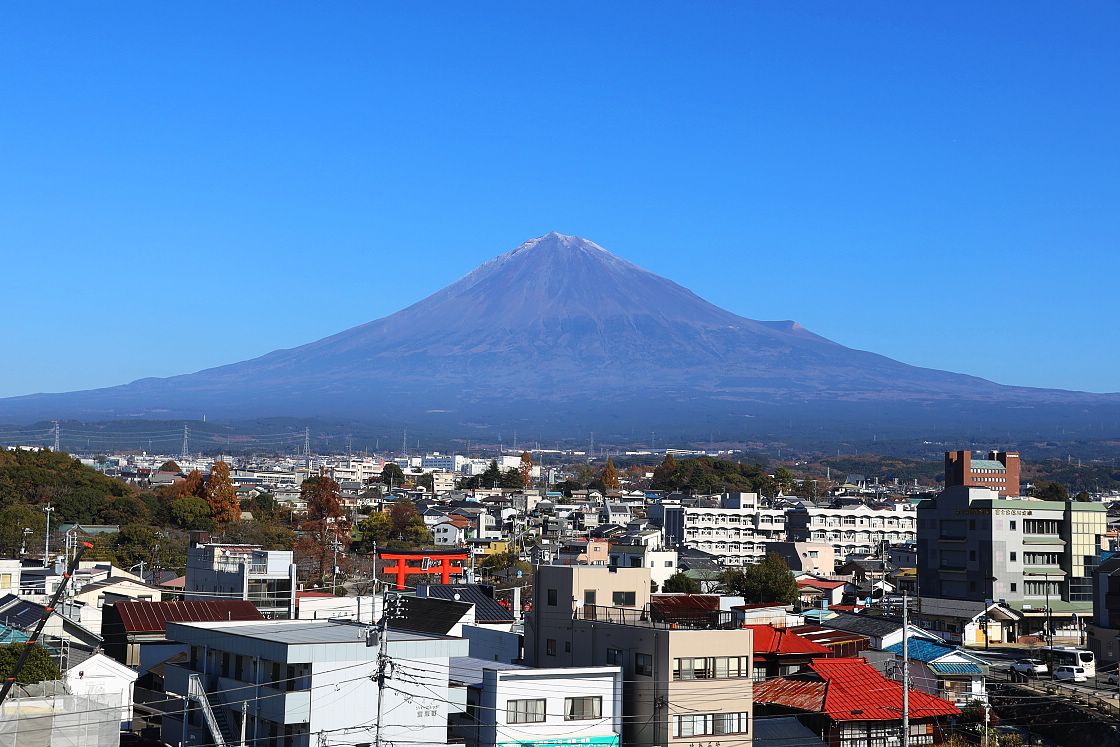
From Fujinomiya Station, I took a scenic 15 minute taxi ride through an expanse of tea fields to the Iwamoto Mountain Park - an attractive open space with wide grassy lawns, wooded gardens and an elevated viewing platform. Comprising the upper part of Mount Iwamoto, the park offers a commanding view of Fuji City and the Suruga Bay to the south east, with Mount Fuji clearly visible on the northern side.
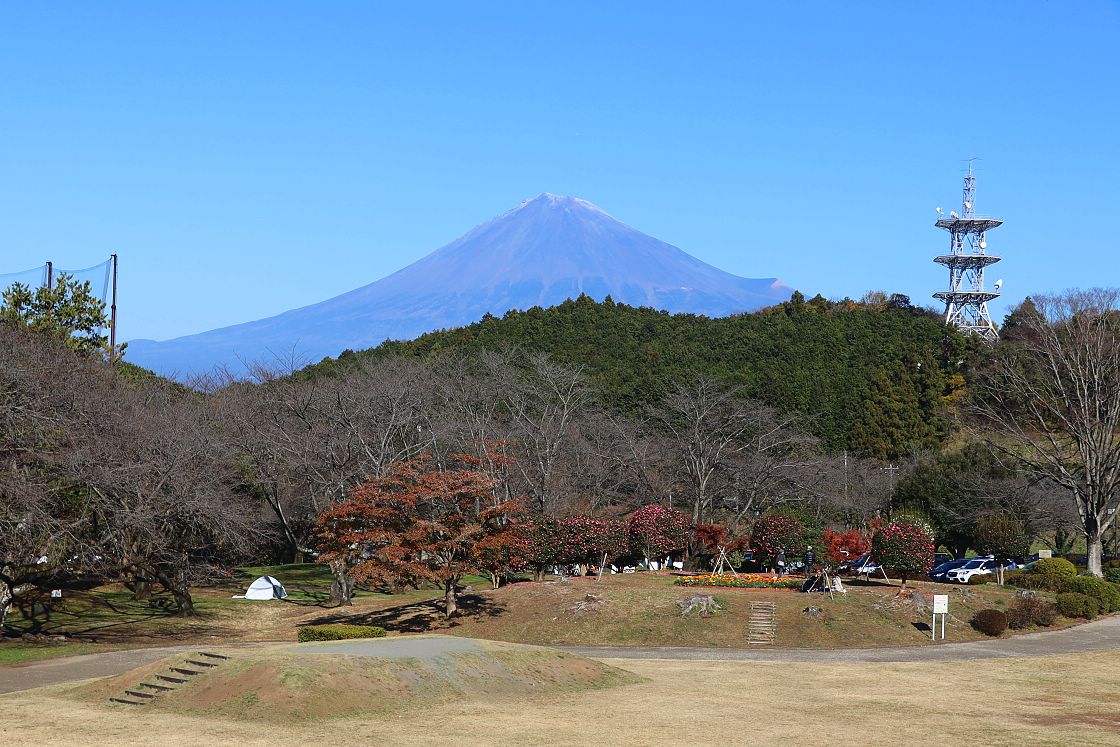
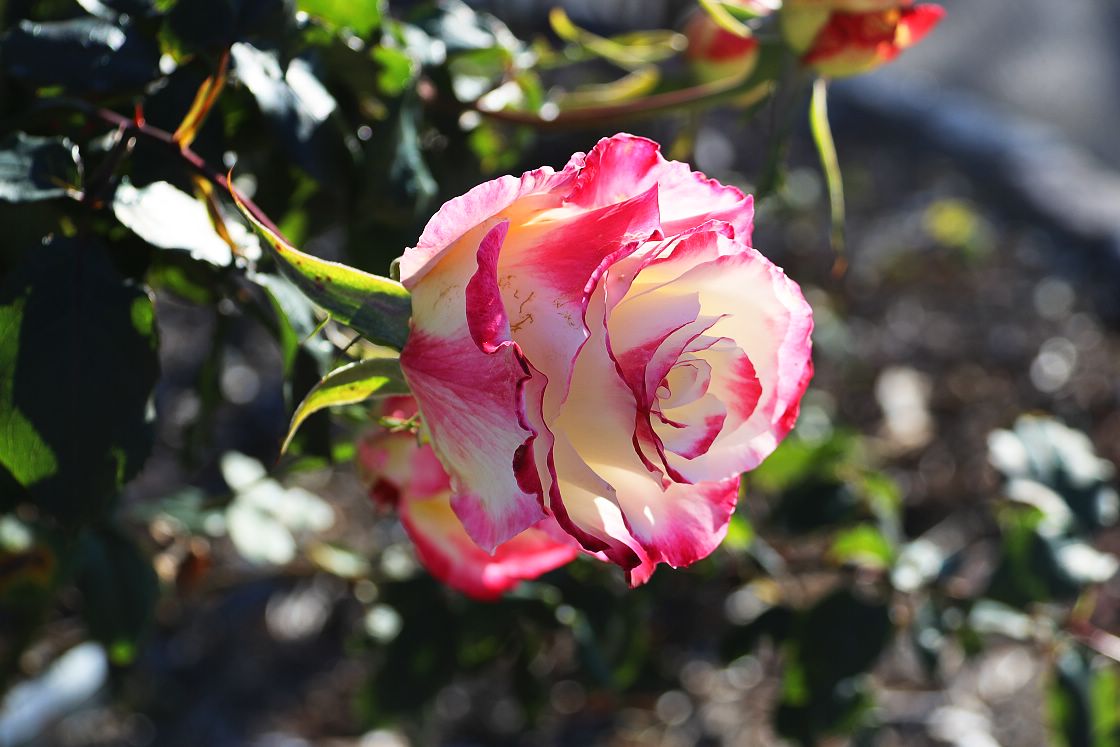
After taking a stroll along the park's walking trail, I made a stop at the Kaguya Iwamotoyama Cafe - a bright and airy timber structure overlooking the bay. Taking a seat on the outside terrace, I enjoyed a very tasty sandwich with a sweeping view of the city and ocean.
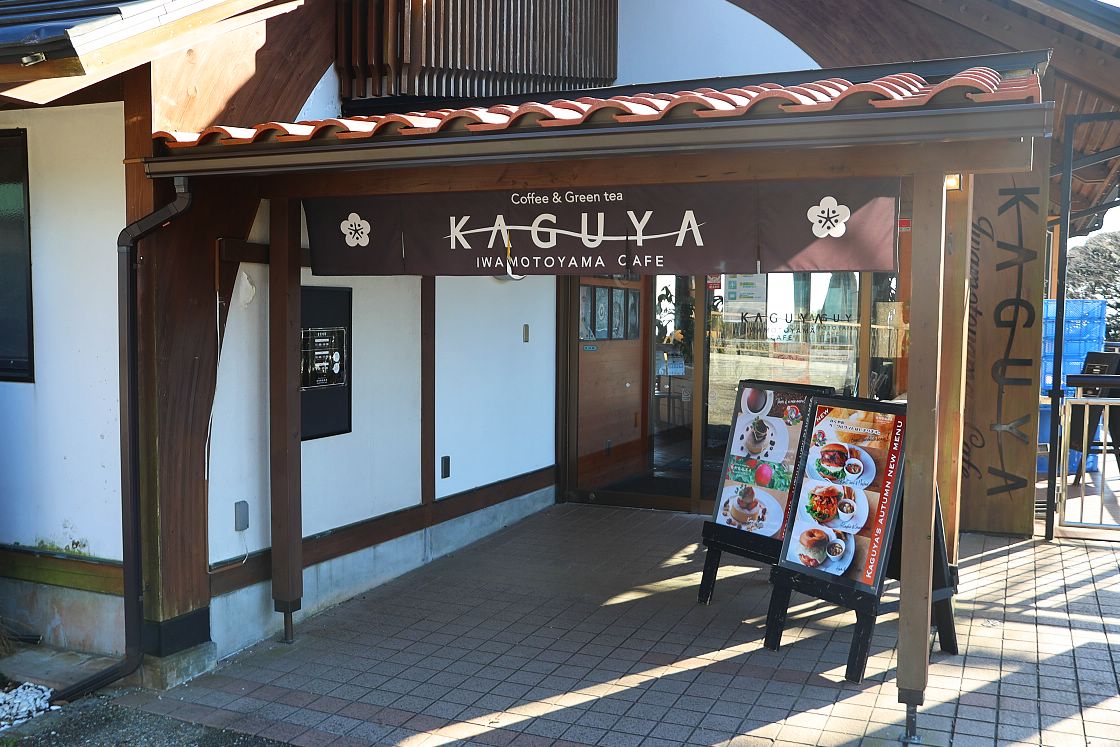
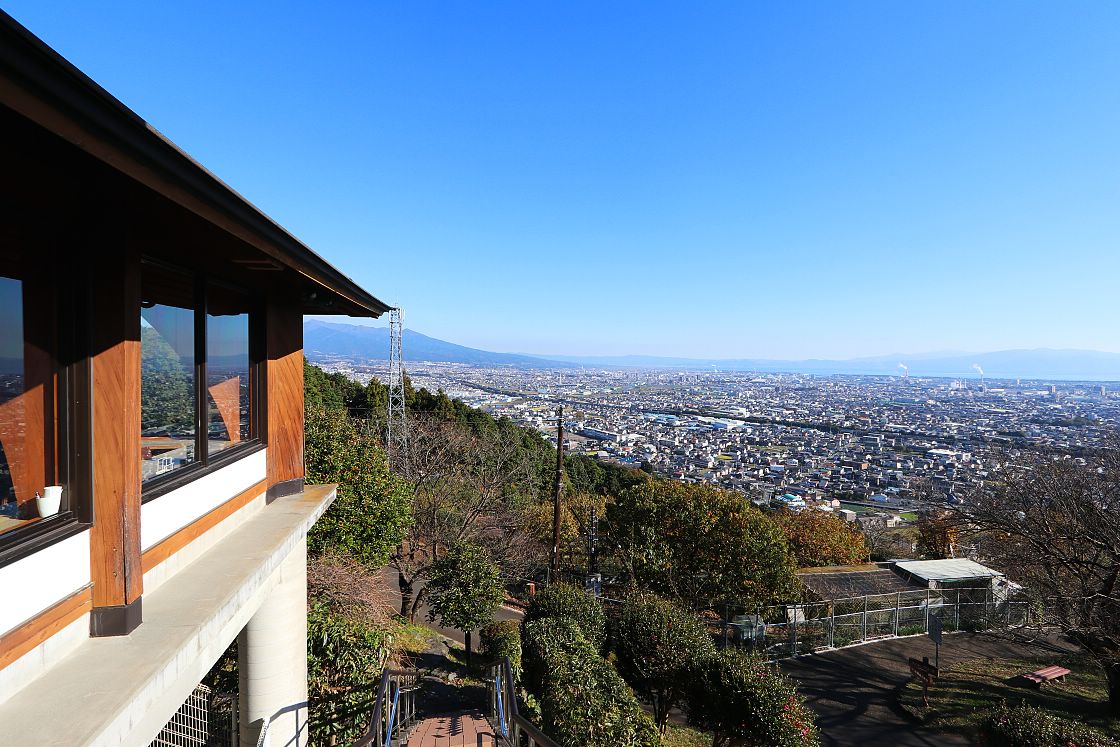
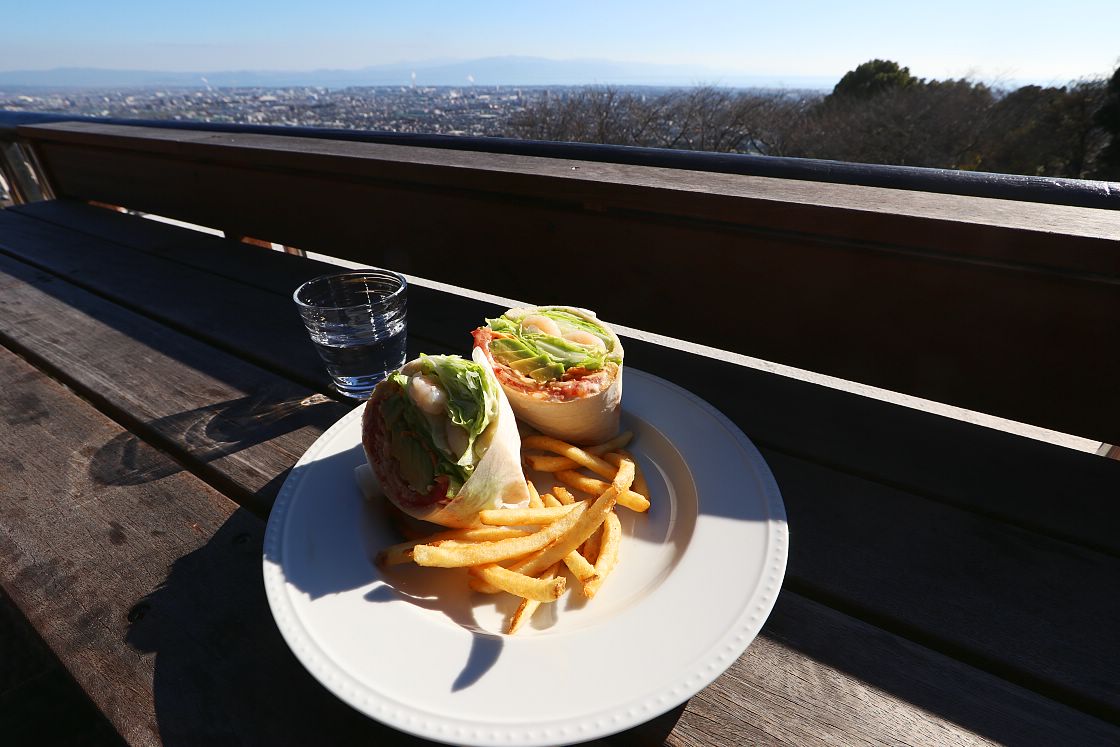
After a quick lunch, I retraced my steps to Fujinomiya Station and took the train to Numazu, from where it was just a short bus ride to the Numazu Imperial Villa Memorial Park, a beautiful stately home that served as a summer house for three generations of the Imperial family until it was turned over to the local government in 1970.
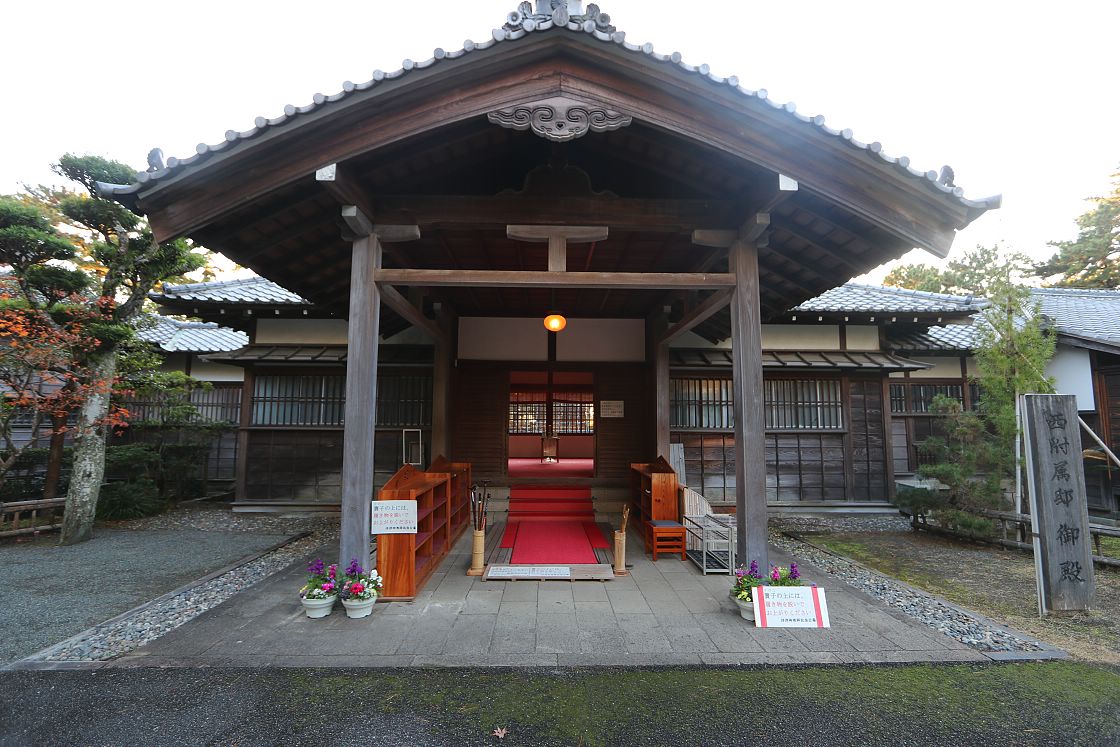
Comprising an original building dating to 1893 as well as east and west annexes added in later decades, the villa contains a series of finely made tatami rooms, some containing original furniture and artifacts belonging to former emperors and their families.
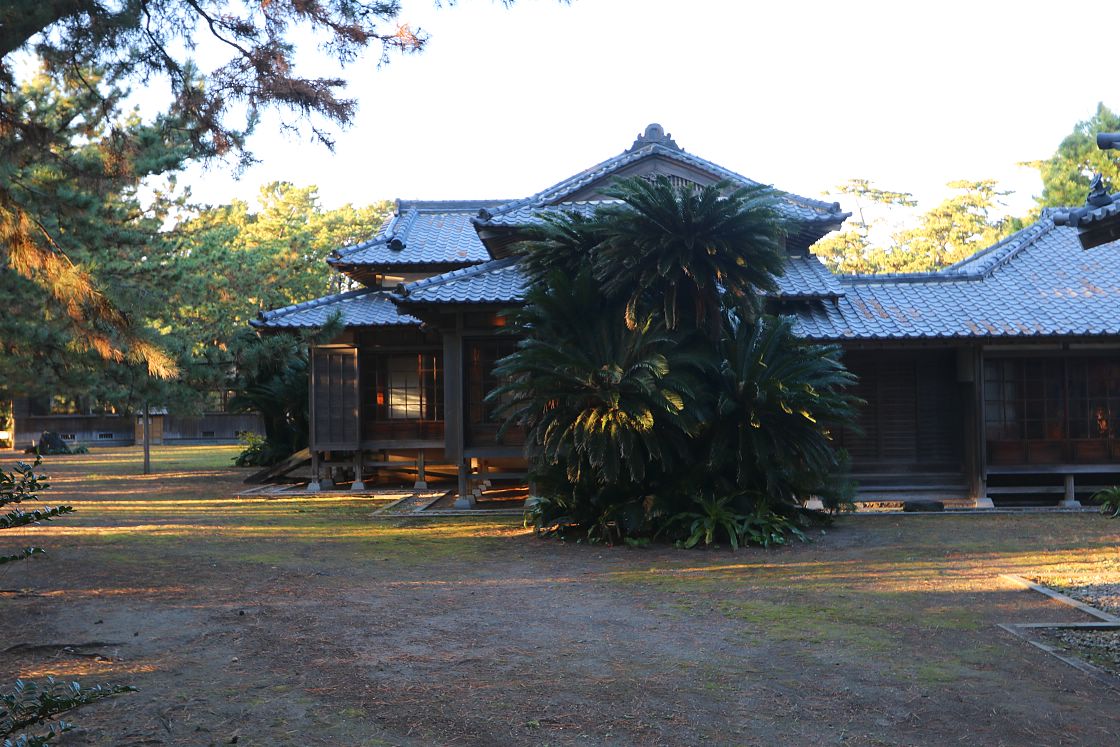
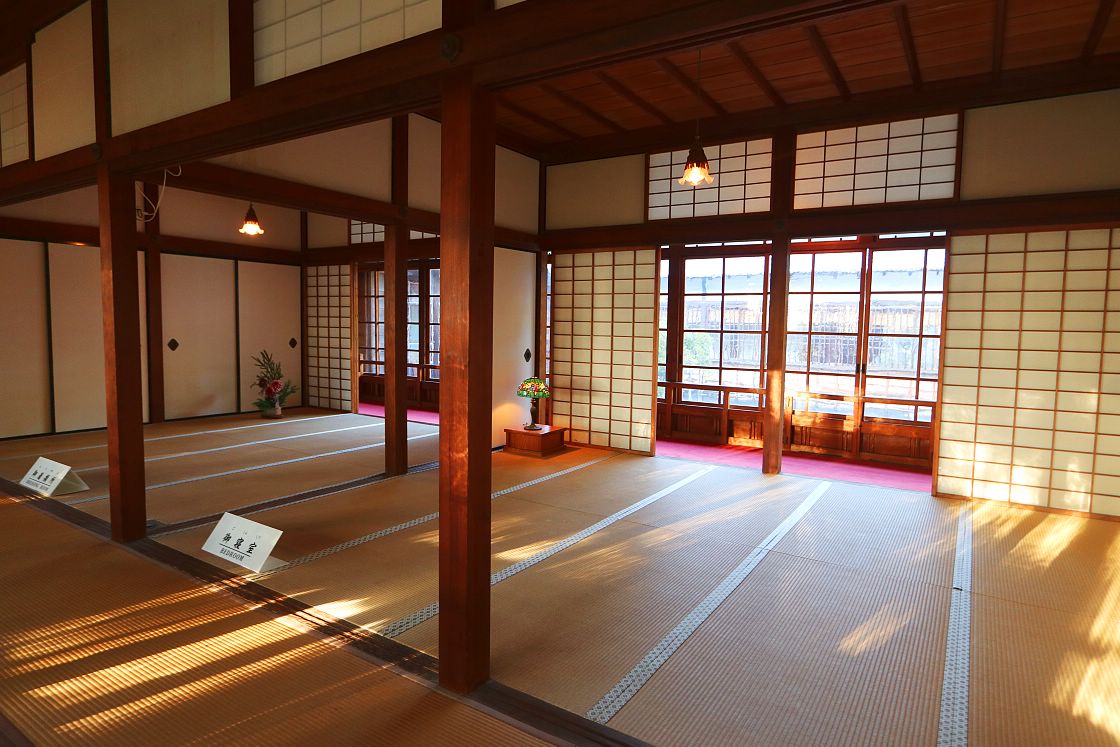
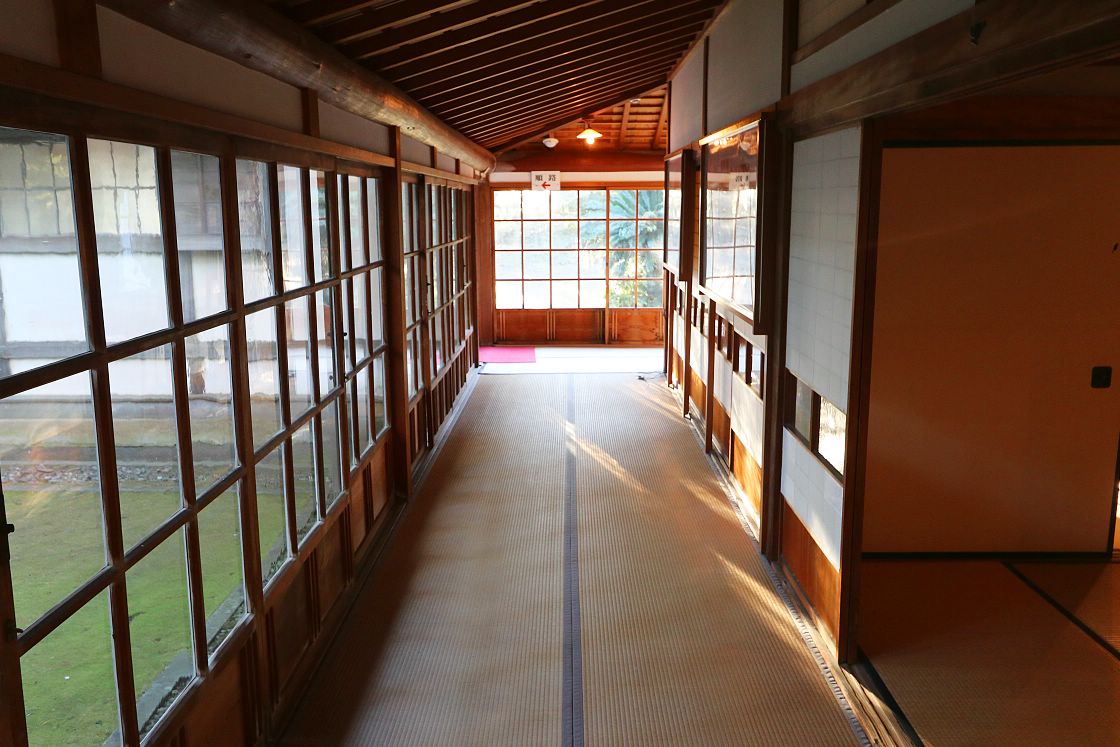
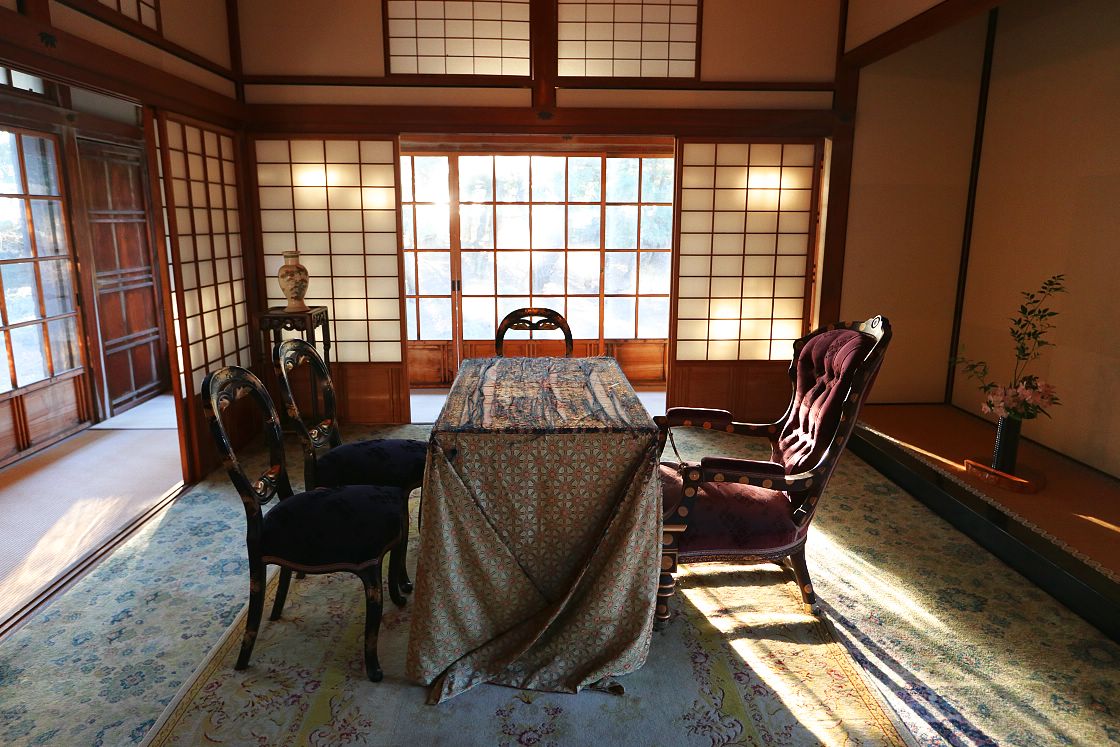
Set in a grove of windswept pine trees, the estate backs directly onto a stretch of sandy beach in the Suruga Bay.
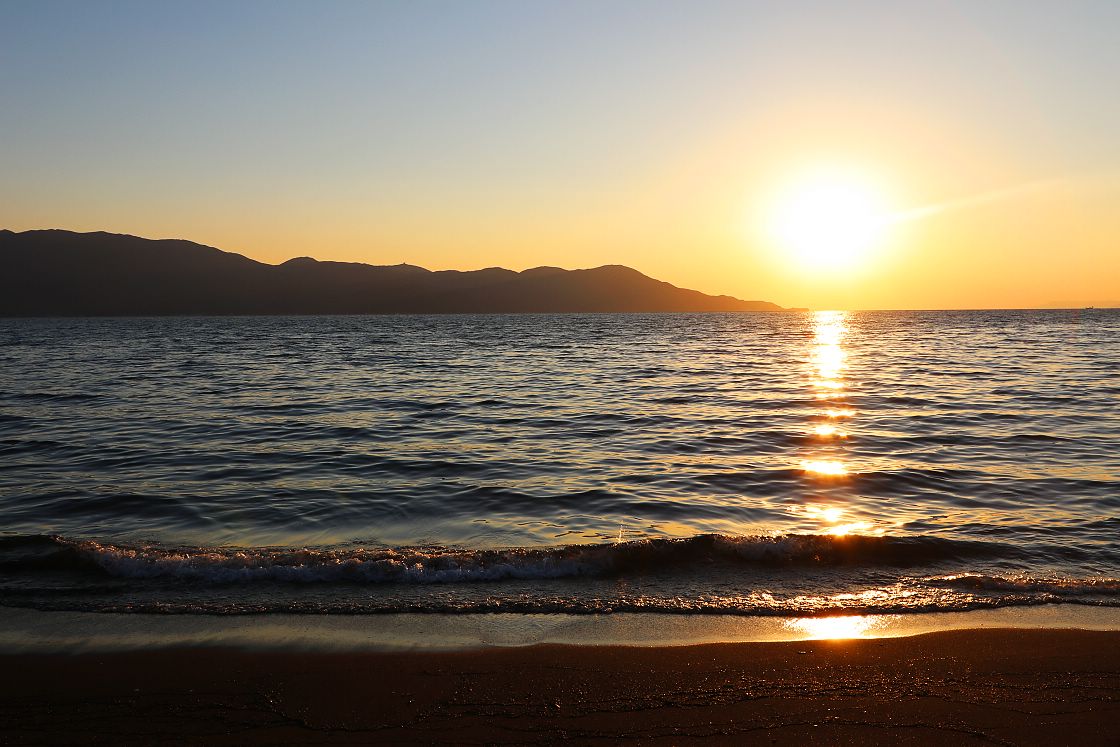
After exploring the villa, I retraced my steps to Numazu Station and took a train southeast to the hot spring town of Shuzenji.
My accommodation for the night was the Hotel Laforet Shuzenji, a large hot spring resort and country club located a little way outside the town. Set in leafy and attractive grounds at the top of a hill, the hotel boasts extensive sports facilities including a golf course, and is surrounded by impressive mountain scenery in all directions.
After checking in, I was taken by shuttle bus to my room in one of the guest cottages, where I took a few moments to enjoy the private outdoor bath before making my way back out to the main building for my evening meal.
On the menu was a delicious hybrid of Japanese and French style cuisine, with an appetizer of mixed sashimi followed by coq au vin and a pumpkin creme caramel.
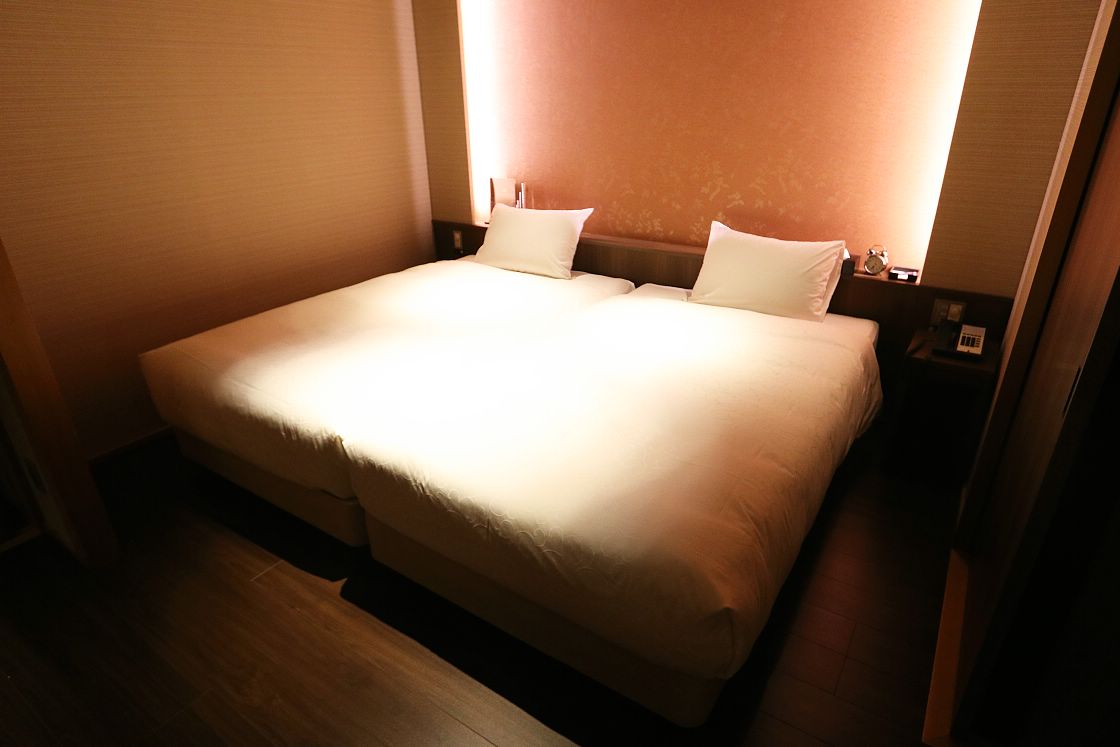
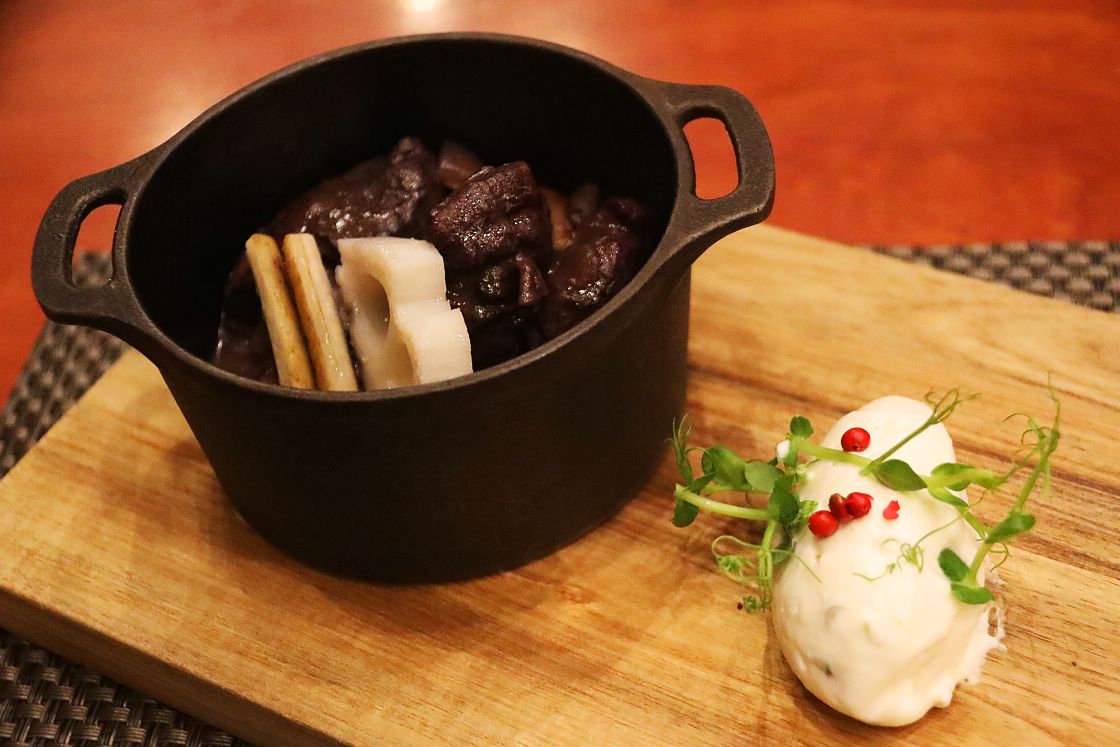

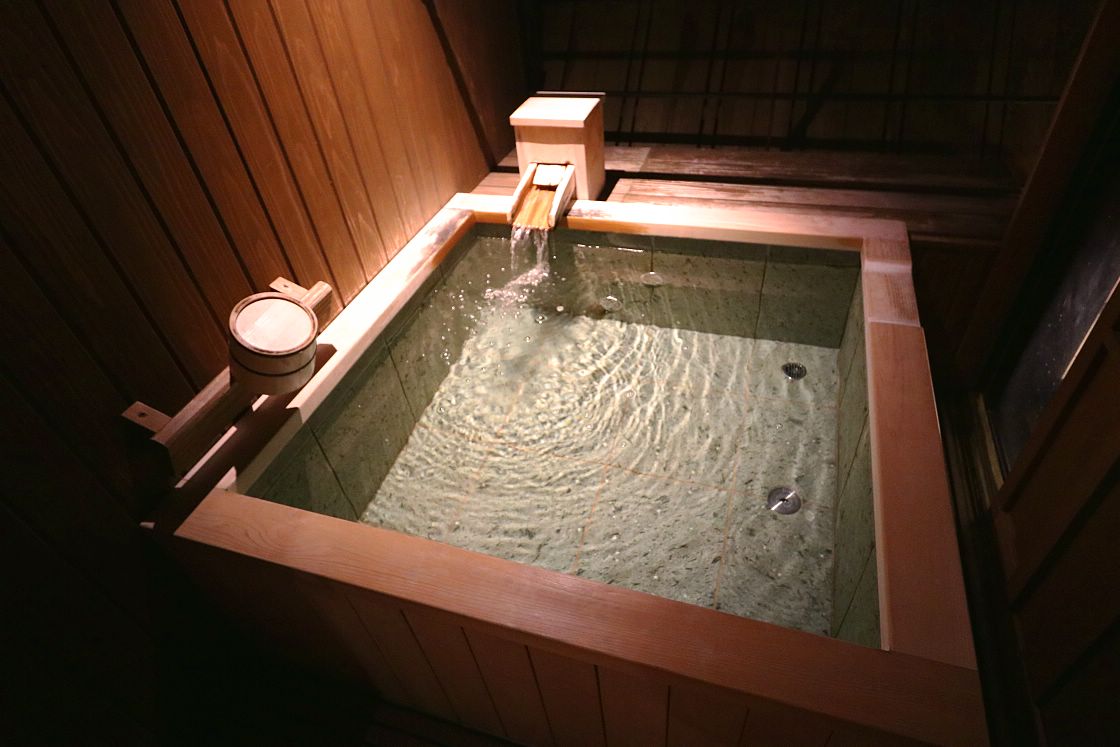
Day 2
Making an early start the next morning, I was rewarded with a beautifully clear view of Mount Fuji across the Laforet's nicely manicured golf course.
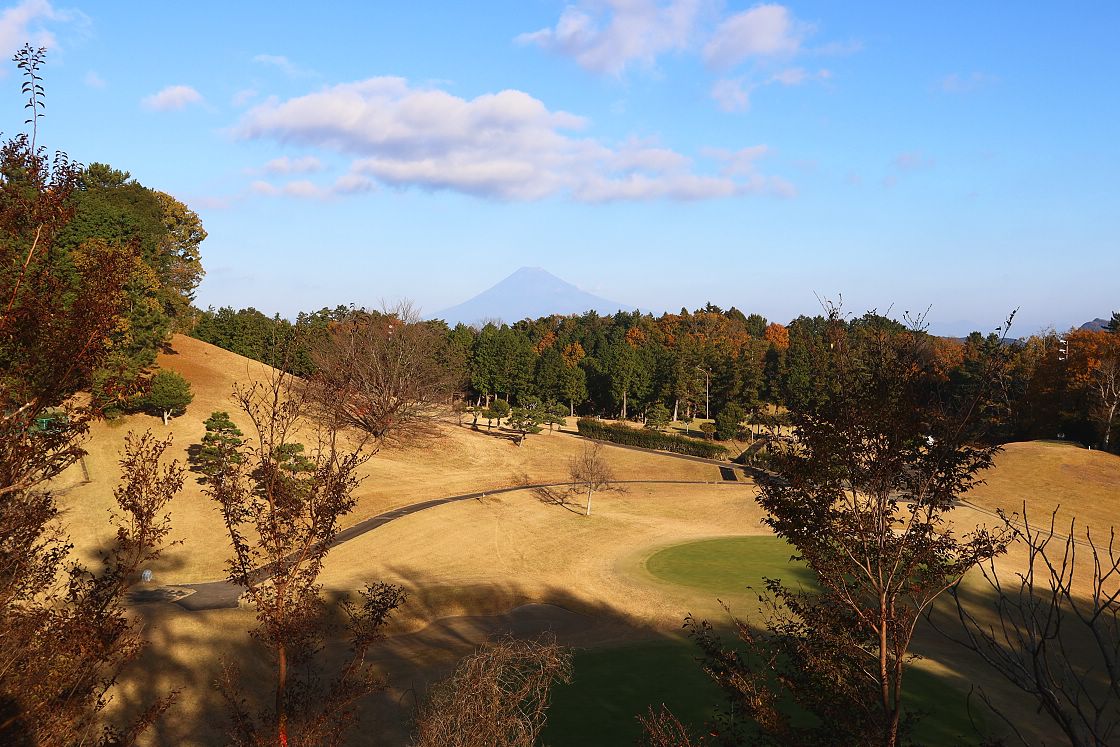
After a tasty buffet breakfast I made my way back to Shuzenji Station and took a short ride on the Izuhakone Railway to Izu-Nagaoka. A twenty minute stroll from the station, my first stop of the day was the Nirayama Reverberatory Furnace - an important piece of history representing the start of modern iron production in Japan, and today listed as a UNESCO World Heritage Site.
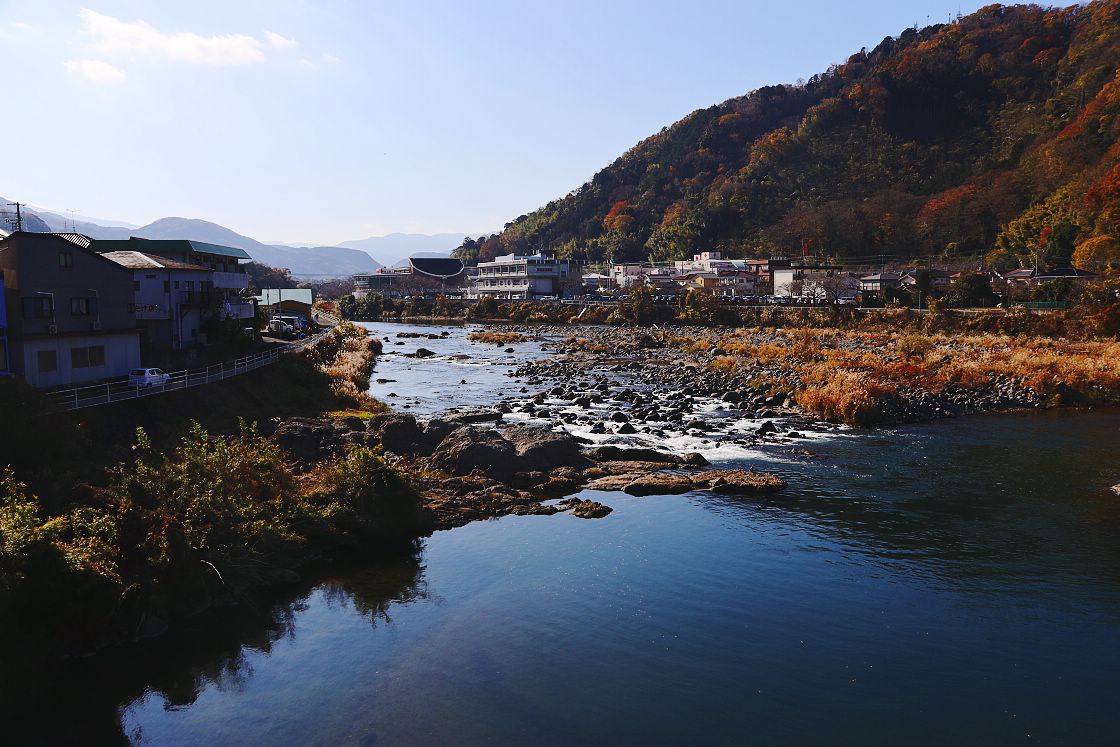
Built by the Tokugawa Government in 1857 as part of a much larger facility, the furnace produced iron to be cast into cannons as part of a last minute effort to defend the coast following the arrival of Commodore Perry's black ships.
Set at the base of four impressive chimneys, the furnace has been well preserved allowing visitors to see some of its inner workings from up close. A few steps away, an information center shows videos and exhibits about the furnace's history.
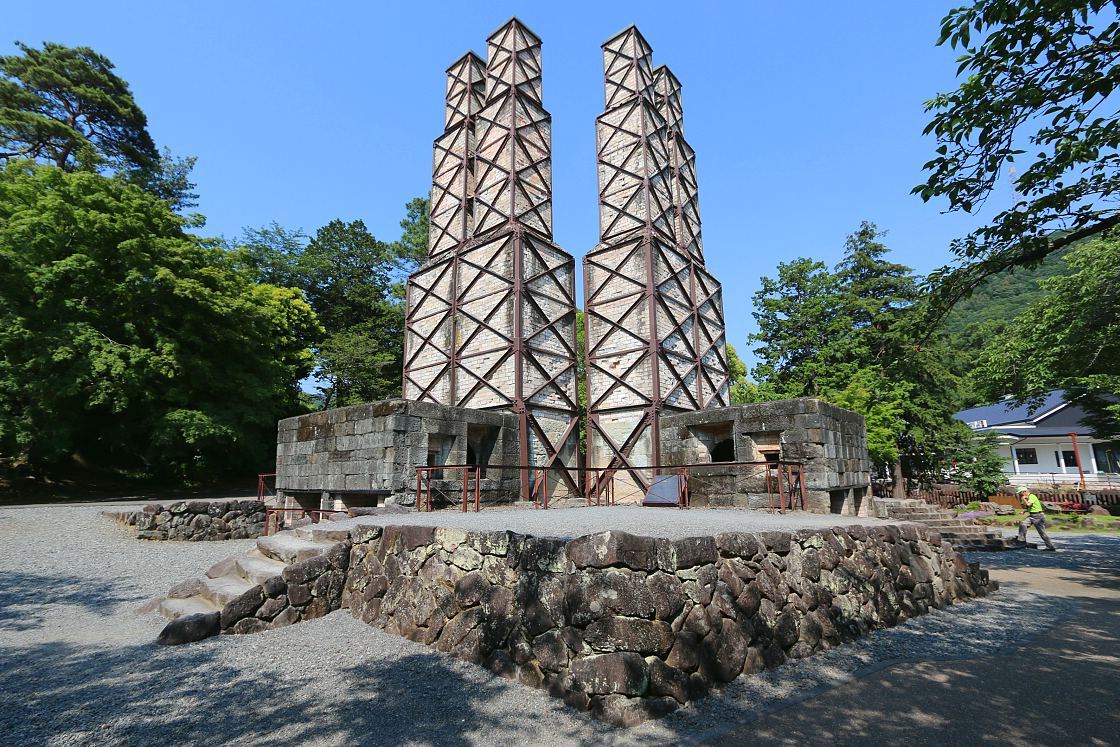
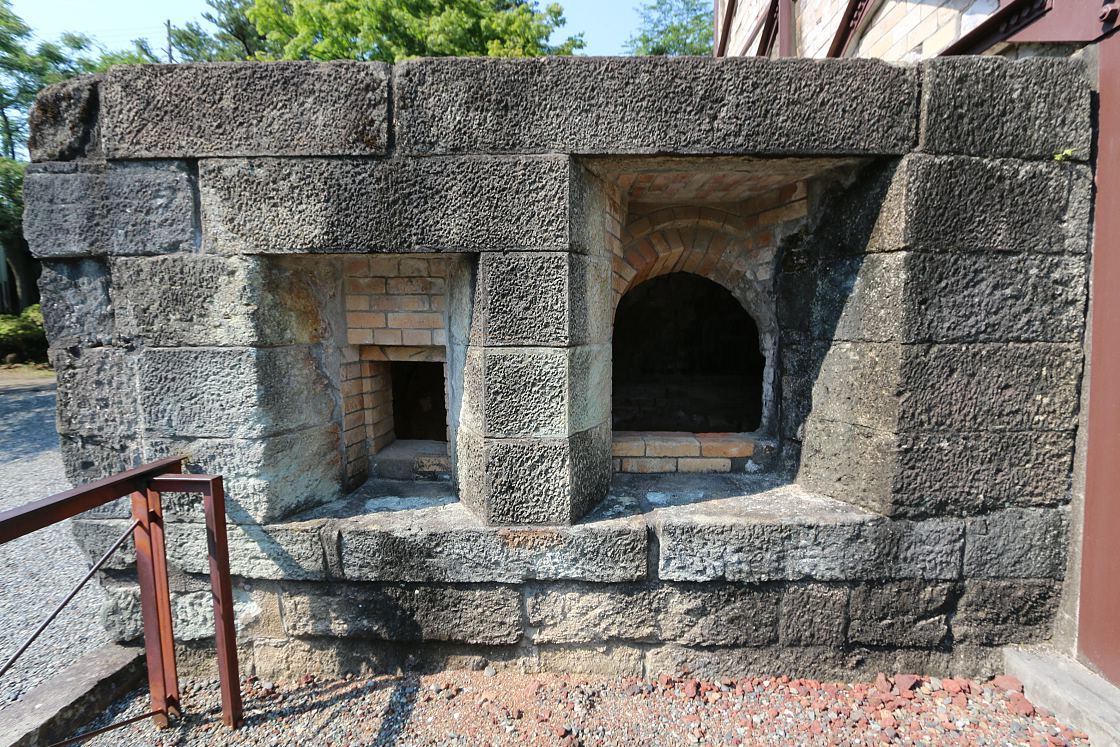
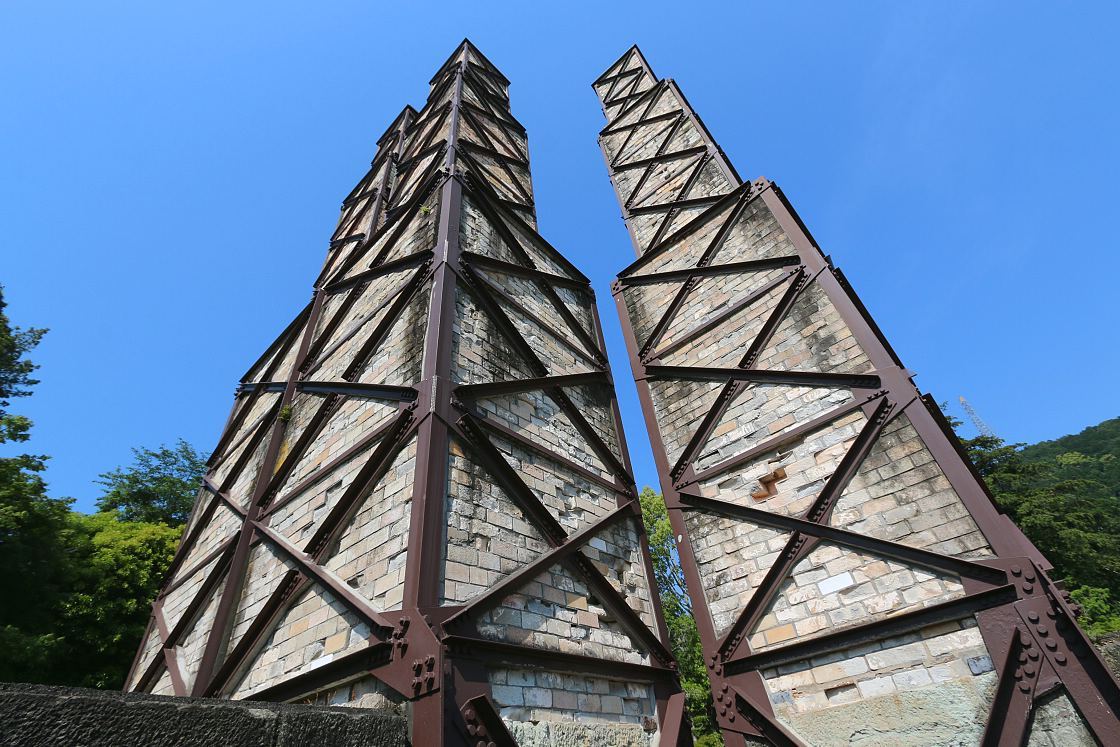
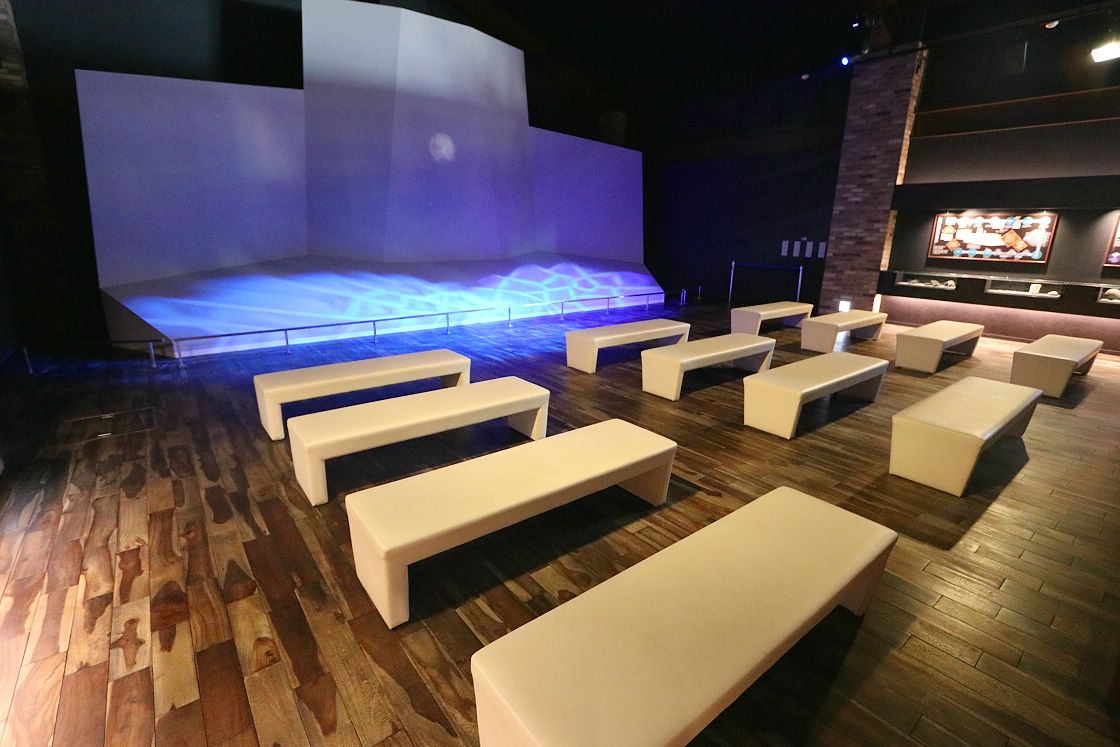
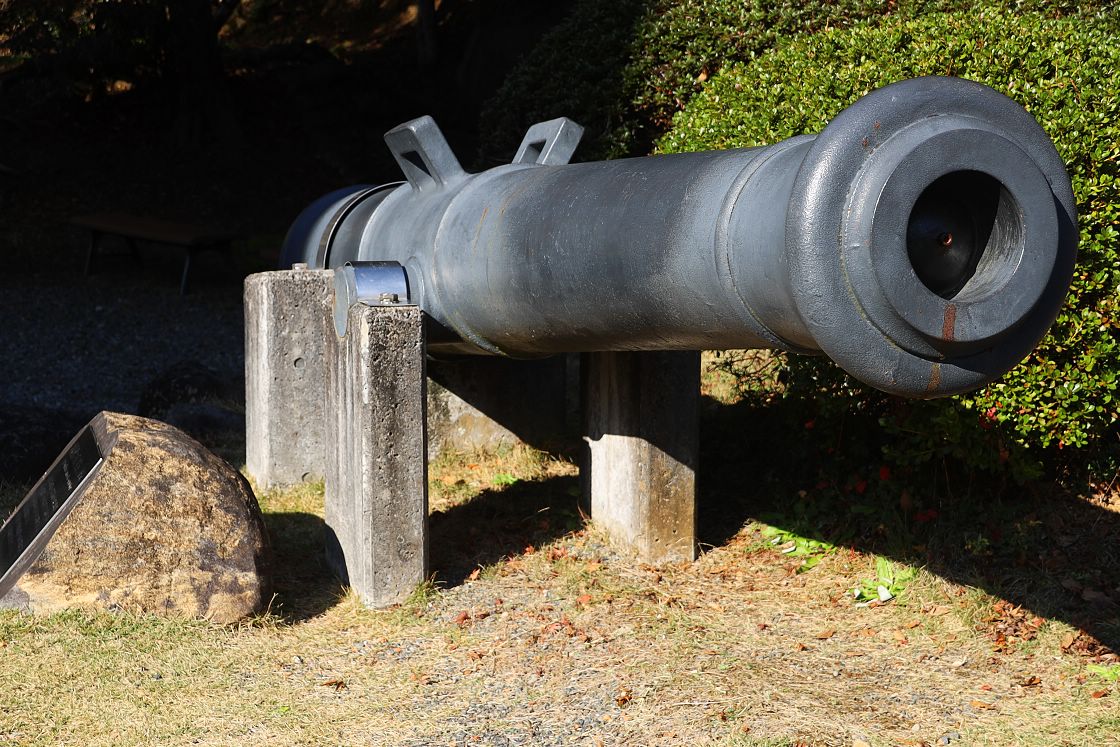
Retracing my steps to Izu-Nagaoka Station, I took the Izuhakone Railway to Mishima where I jumped in a taxi for the 20 minute ride to my next stop, the Mishima Skywalk. Japan's longest pedestrian suspension bridge, the Skywalk extends 400 meters over a forested valley offering a spectacular view of the Suruga Bay and Mount Fuji, although at the time of my visit a layer of mist had completely hidden the latter from view.
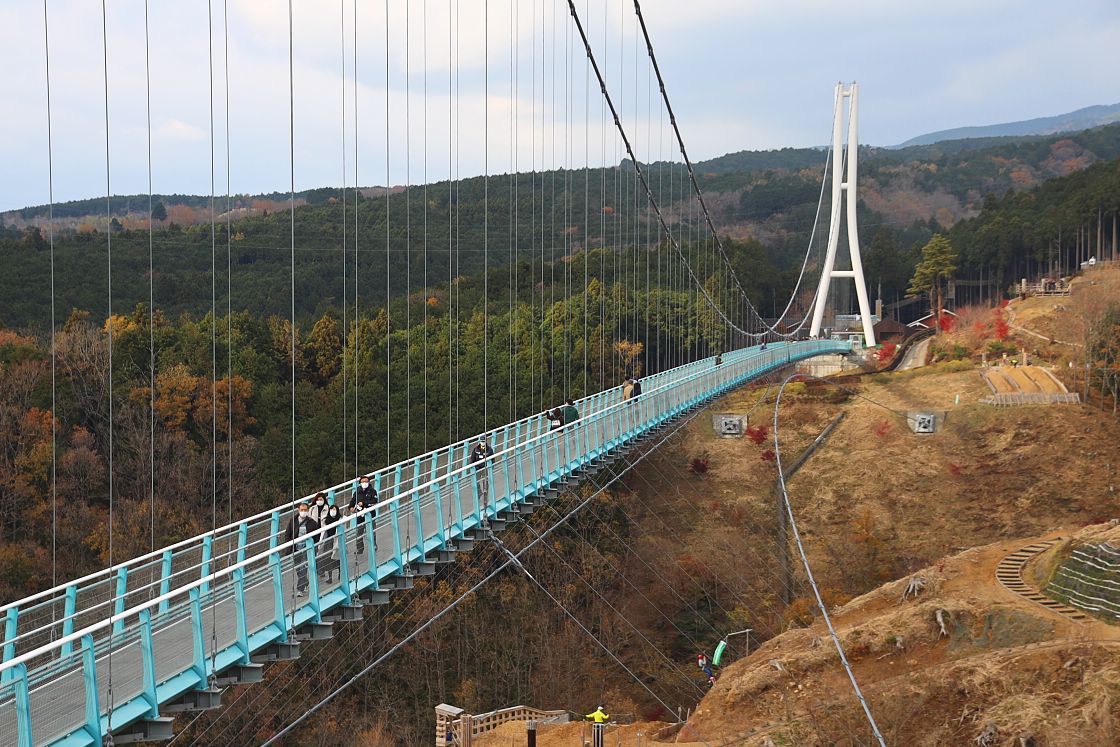
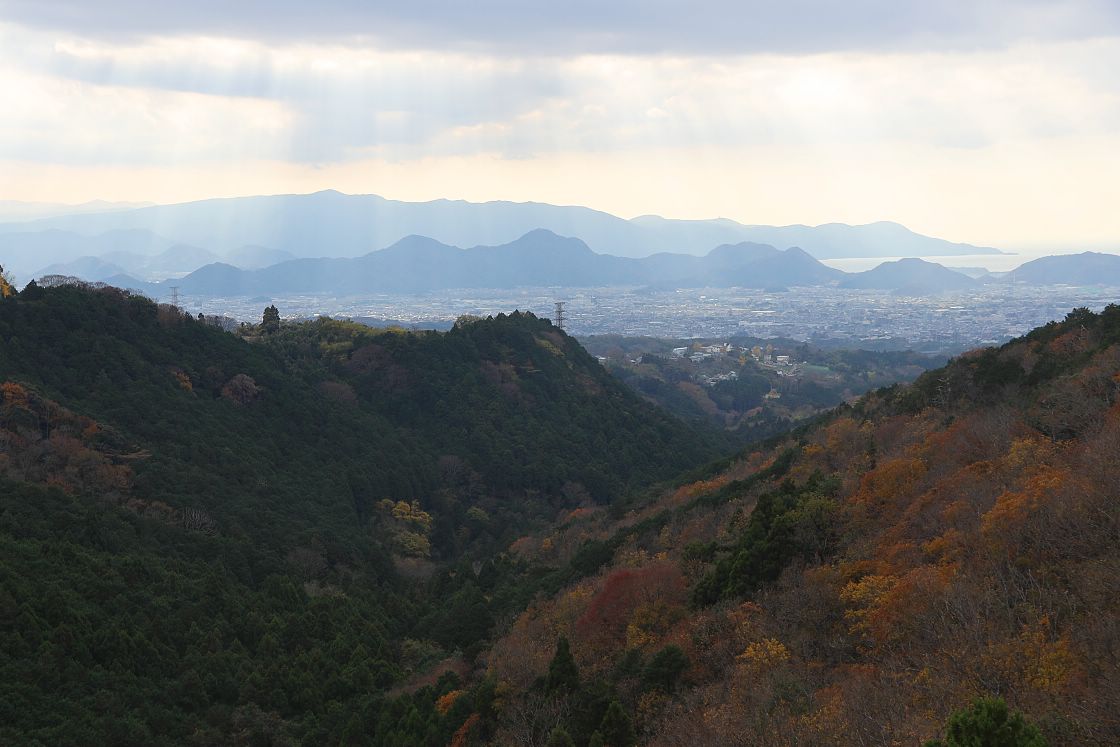
A pair of ziplines are suspended beside the bridge allowing visitors to hurtle from one side of the valley to the other above the treeline, and at the far side a cafe and restaurant can be found one of Japan's largest adventure playgrounds, including a treetop obstacle course, ten meter climbing wall and guided tours on segways or off-road quad buggies.
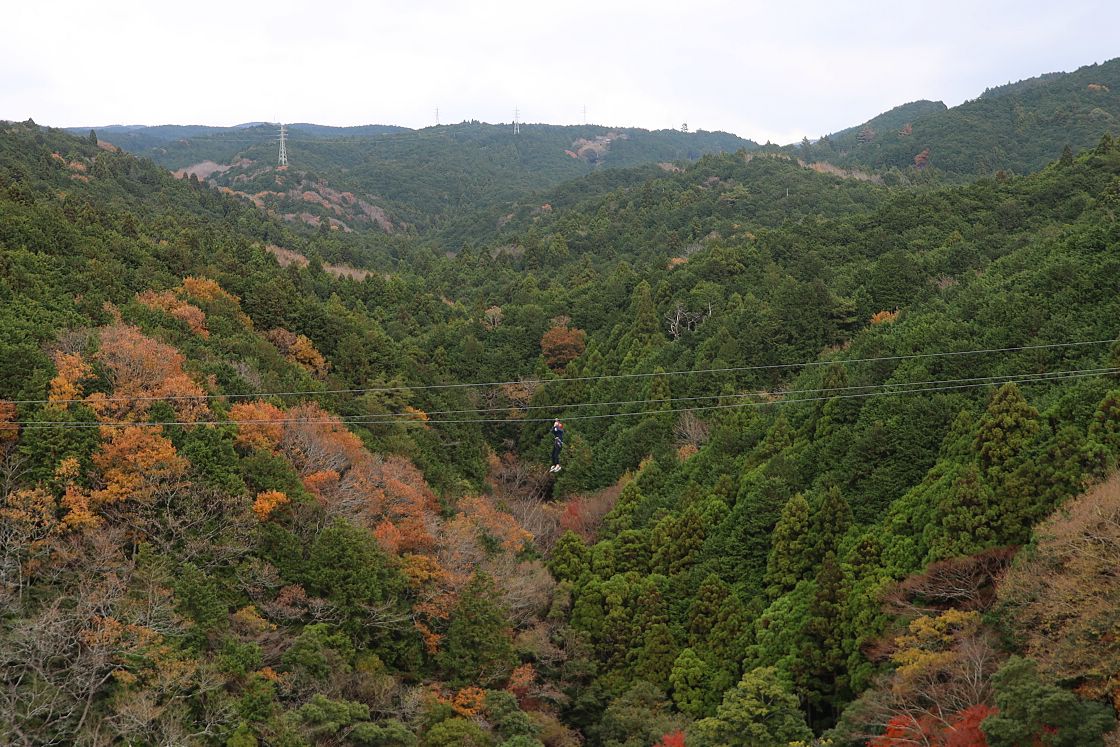
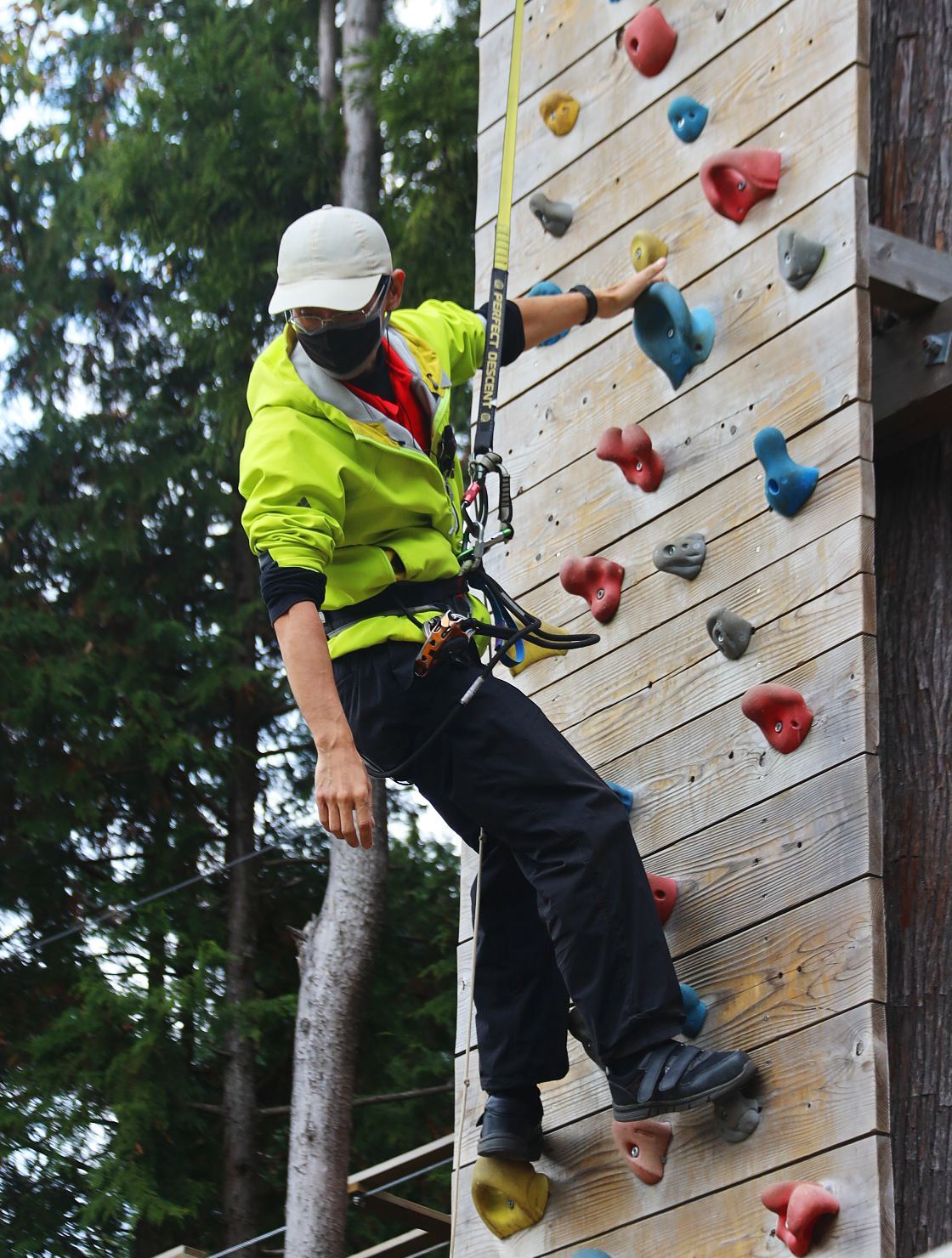
From the Skywalk, I made my way back to Mishima Station and took the JR Tokaido and Gotemba lines north to Susono. Twenty minutes walk to the northwest, I found Susono Central Park - a pleasant wooded space by the side of the Kise River.
The Park is best accessed from a 63 meter suspension bridge overlooking the Goryu Falls, an attractive waterfall in three parts flowing over a craggy rock wall hemmed in by trees on both sides.
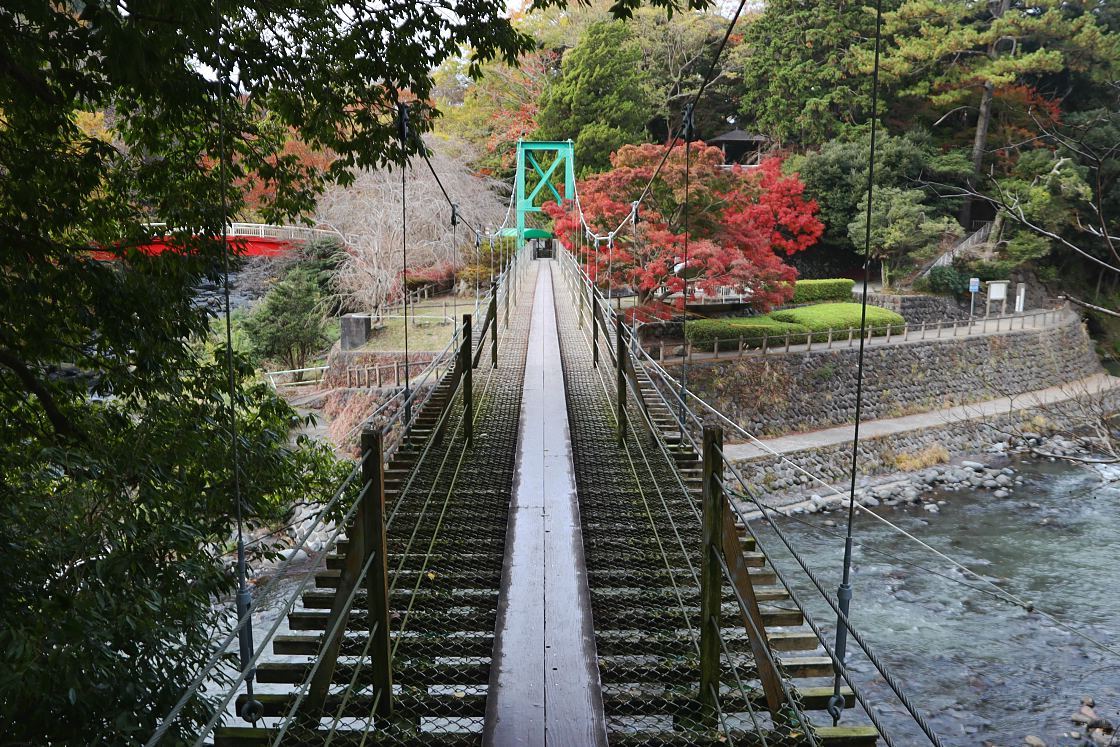
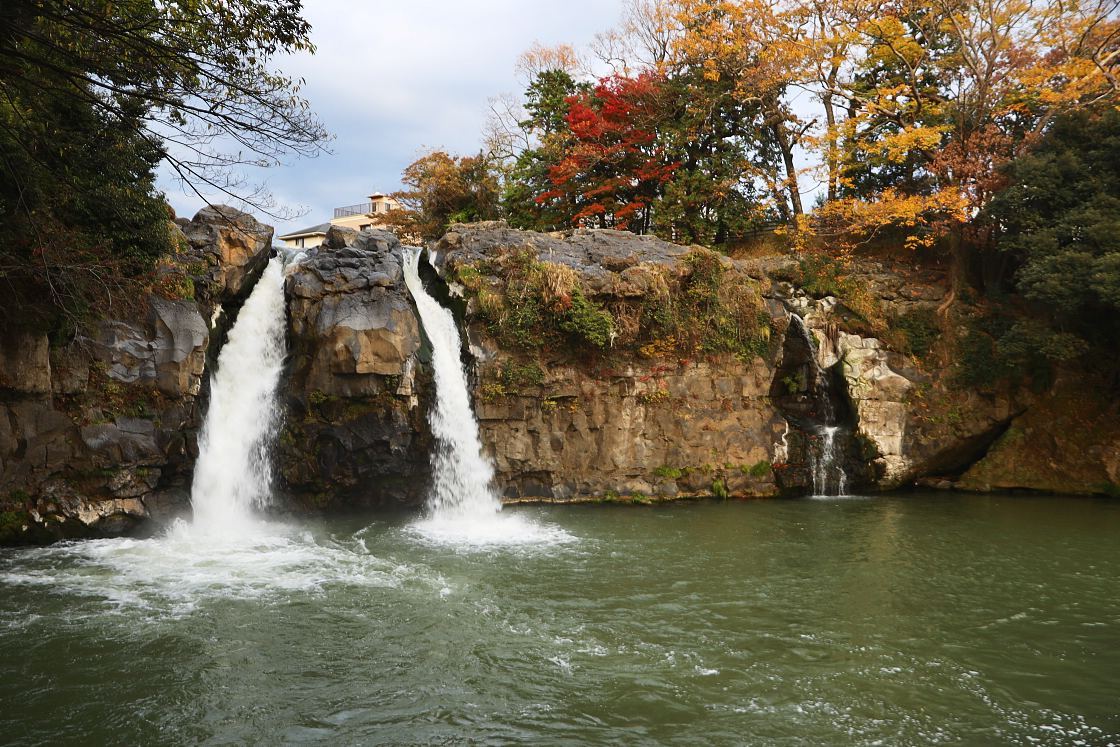
A little further along a strolling path, the park also contains a lovely folk-style house complete with thatched roof and earthen walls, once home to generations of the Uematsu family, believed to have been residents of the area since as early as the 12th century and who later served as village headmen during the Edo Period.
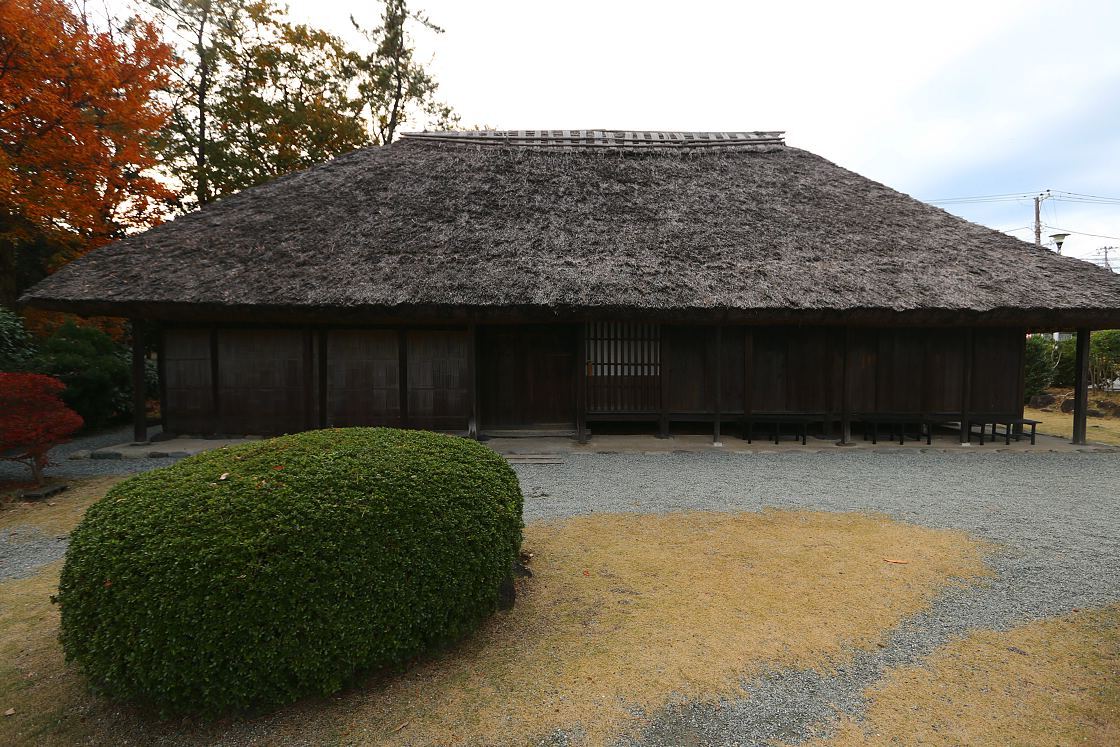
The house, which retains many of its original features, was built at some point in the early 18th century and donated to the city in 1973, whereupon it was declared an Important Cultural Property and moved section by section to its present spot.
The house is open to visitors at the same hours as the park itself, revealing further original details on the inside.
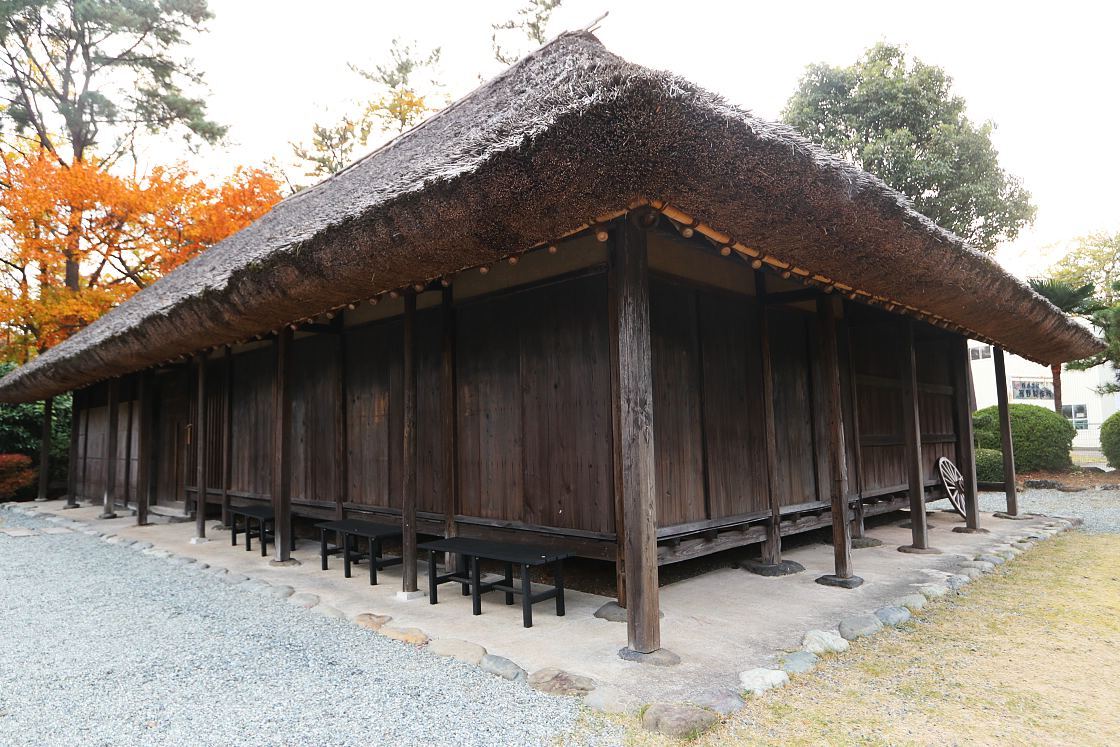
After enjoying the peaceful space, it was time to get back on the train for my final stop, an hour's ride to the northeast at Ashigara. Located at the top of a hill, the Ashigara Onsen is a pleasant day-visit hot spring facility where visitors can enjoy indoor and open air baths with a neat little manicured garden and a beautiful view of Mount Fuji.
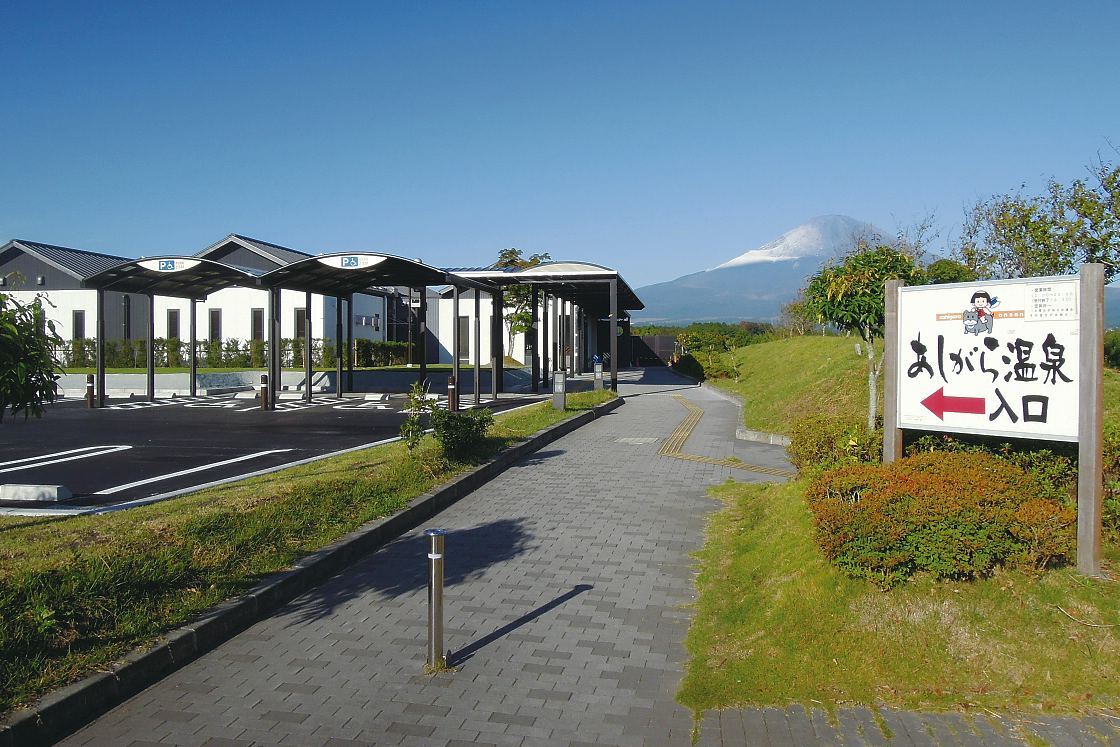
Believed to ease sore muscles and improve circulation, the hot and slightly alkaline water, combined with the cool outside air and darkening sky was the perfect end to my two days on the road.
